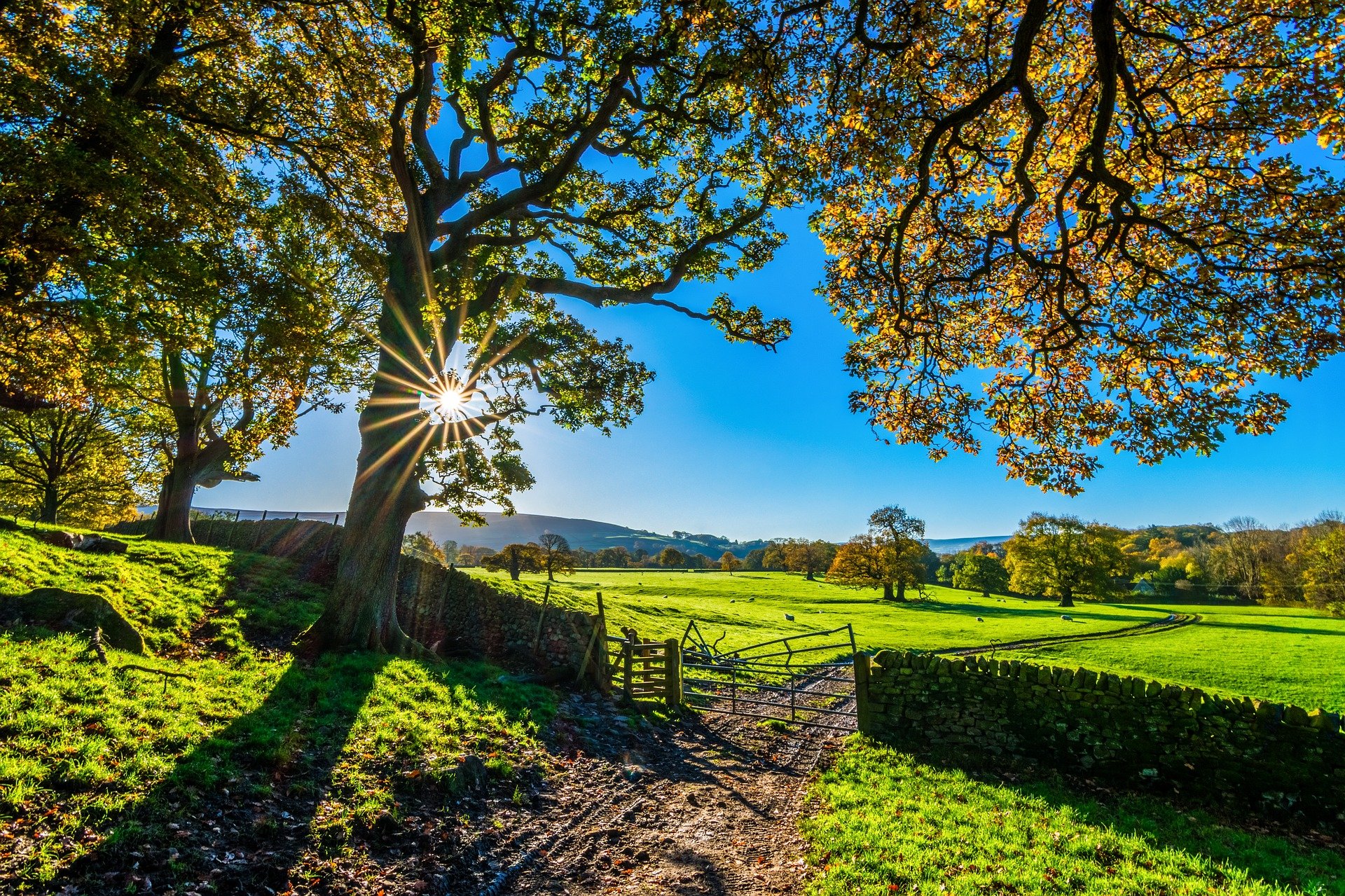The Connected Nations 2020 report from Ofcom reveals broadband patterns in the UK. It paints a picture of increased data usage, which now stands at 429Gb per connection, up from 315Gb in 2019, and 241Gb in 2018. It also notes the well-understood shift in how people are using broadband, with more daytime traffic caused by people working from home during the COVID-19 crisis and a significant increase in upload traffic stimulated by more use of video calling.
“The UK’s fixed and mobile networks have generally coped well with increased demands during the pandemic,” the report asserted. This claim seems to be based on the fact that average broadband speeds “only dipped slightly in March 2020, as much of the nation turned to working, learning and socialising from home”. Ofcom says that mobile networks adapted capacity quickly to the working at home trend, but 170,000 hours of service were lost to attacks on towers and infrastructure.
With the average broadband speed being 72Mbit/s in the UK, 96% of homes now having access to superfast broadband (a speed of at least 30Mbit/s) and 27% (7.9 million premises) have gigabit capable connections, with full fibre available to 5.1 million homes (18%).
In rural areas 190,000 premises don’t even have “decent” broadband, which in the UK is defined as a paltry 10Mbit/s. This threshold hasn’t shifted in years and is not rising in line with people’s expectations. 10Mbit/s isn’t “decent” in 2021, it’s woefully inadequate. More worryingly, 43,000 properties in rural areas have no access to either 4G or so-called decent broadband.
In Northern Ireland 2.3% don’t have access to broadband of at least 10Mbit/s compared to 0.5% of households in England. But here again the digital divide is striking. Northern Ireland also has the highest penetration of full fibre gigabit-capable networks at 56% compared to the UK average of 27%, which breaks down to England (25%), Wales (19%) or Scotland (42%).
In all regions of the UK except Wales, urban areas are better served by gigabit broadband than rural areas. In Northern Ireland the gap is huge – 71% of urban households have access to it compared to only 17% in rural areas. In Scotland too, 47% of urban households have access compared to only 13% in rural areas. At the same time, 10% of rural households don’t have access to broadband of more than 10Mbit/s. Of the 583,000 premises that can’t access at least 10Mbit/s fixed broadband, the majority are using fixed wireless access (393,000) to boost their speeds. But that still leaves 190,000 that don’t even have this option.
Upgrading networks for both fixed and mobile operators in the UK is costly, with £5.9 billion spent in 2019 of which £1.1 billion went on gigabit capable full fibre build out, £3 billion went on upgrading fixed access networks, £1.5 billion on mobile network upgrades and £0.7 billion on upgrades benefitting both fixed and mobile services.
Omnisperience’s view
Although Ofcom reports that networks “coped well” during the COVID-19 crisis, this reflects operators’ perceptions rather than their customers’. Customers likely disagree partly because their expectations (and needs) continue to evolve but also because of the sharp divide between the digital have and have nots.
The UK average speed of 72Mbit/s is skewed by those on full fibre and gigabit capable networks. To those languishing on less than 30Mbit/s, describing 10Mbit/s broadband as “decent” when other households enjoy 1Gbit/s or more feels like a kick in the teeth. It means a hundred fold difference in speed between the worst and best broadband in the UK and a widening rather than closing of the digital divide. For these customers, all they want for Christmas (and 2021) is broadband that enables them to fully participate in the Digital Economy.
